20020409-grazda-mw06-collection-001
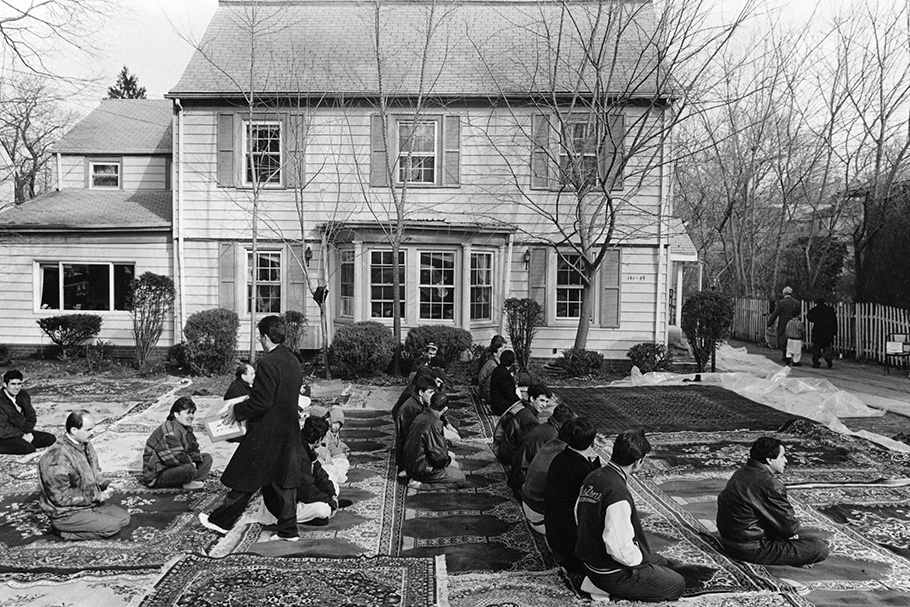
Eid Prayers, Hazrat Abu i Bakr Masjid, Flushing, Queens, 1995.
20020409-grazda-mw06-collection-002
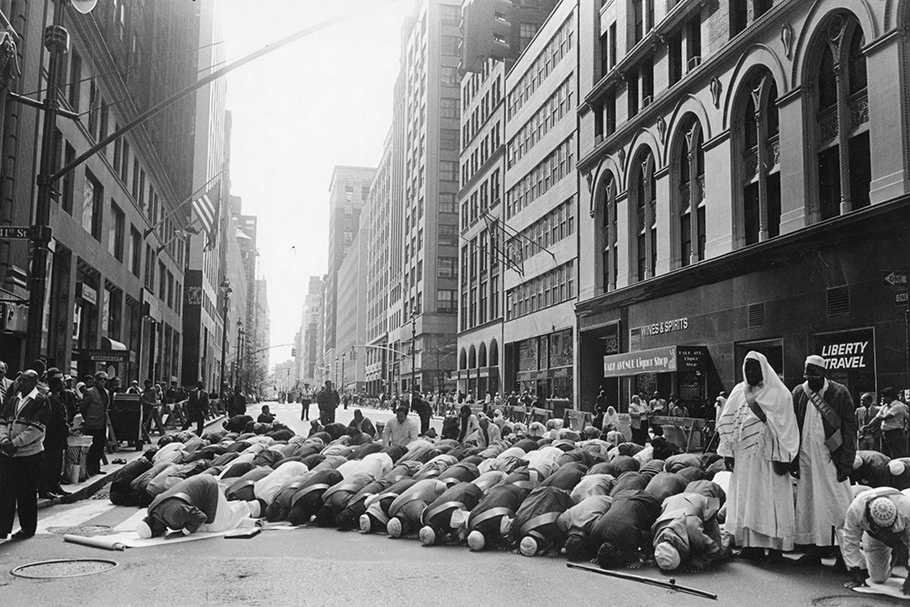
Prayer before Muslim Day Parade, Madison Ave. Manhattan, 1994.
20020409-grazda-mw06-collection-003
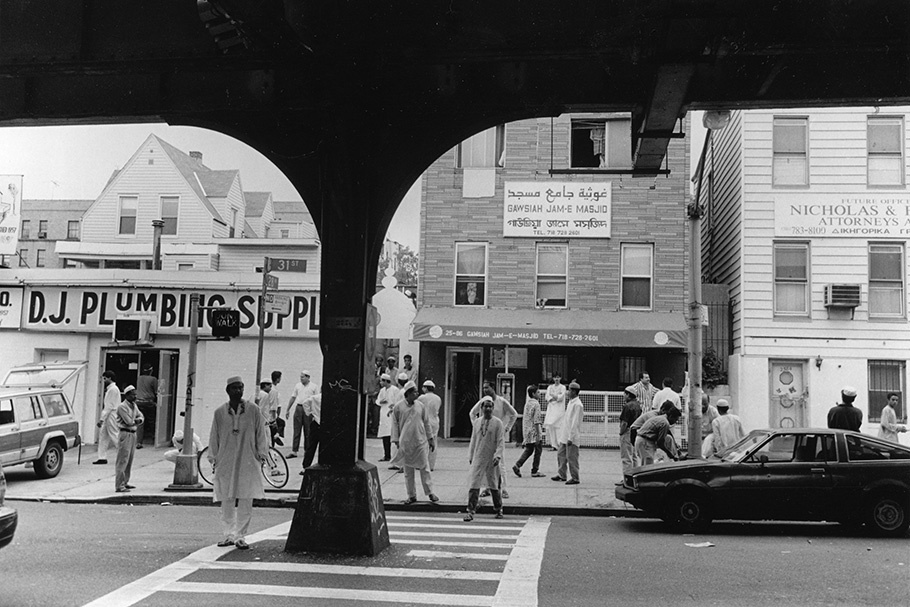
After Friday Prayers, 31st Street, Astoria, Queens, 1996.
20020409-grazda-mw06-collection-004
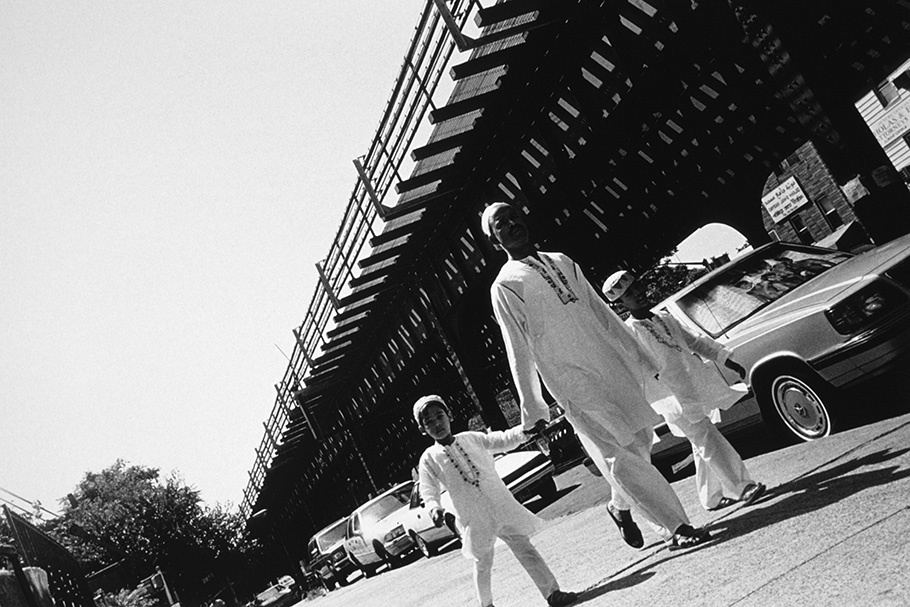
Going to Friday Prayers, 31st Street, Astoria, Queens, 1995.
20020409-grazda-mw06-collection-005
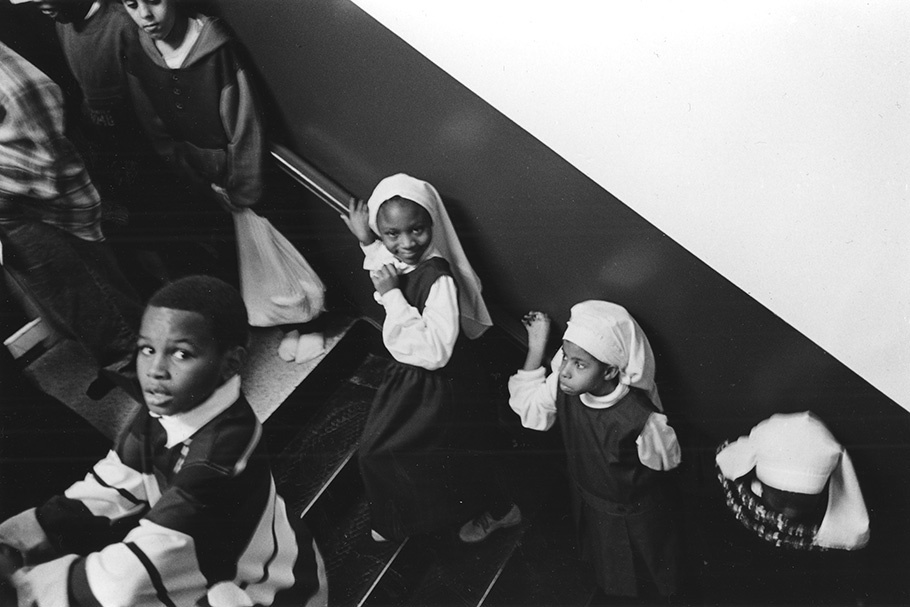
Sister Clara Mohammad School, Malcolm Shabazz Masjid, East 116th Street, Manhattan, 1996.
20020409-grazda-mw06-collection-006
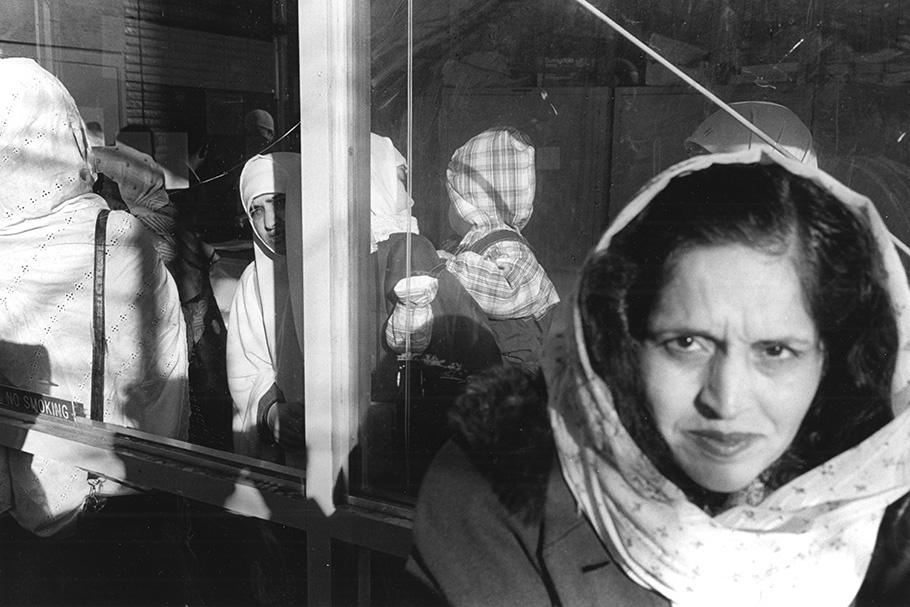
After Eid Prayers, Flushing, Queens, 1996.
20020409-grazda-mw06-collection-007

Masjid Malcolm Shabazz, East 116th Street, Manhattan, 1996.
20020409-grazda-mw06-collection-008
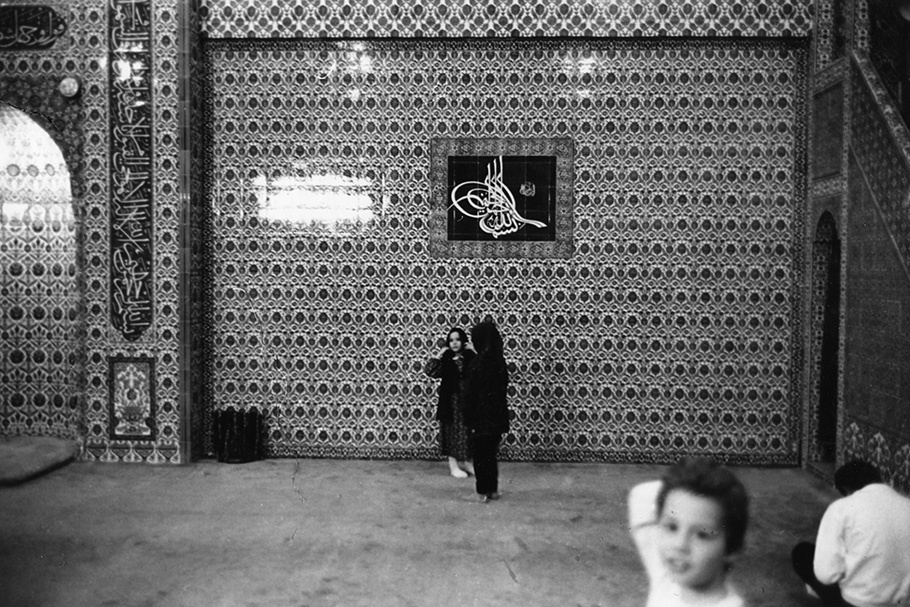
Fatih Camii Masjid, Brooklyn, 1995.
20020409-grazda-mw06-collection-009
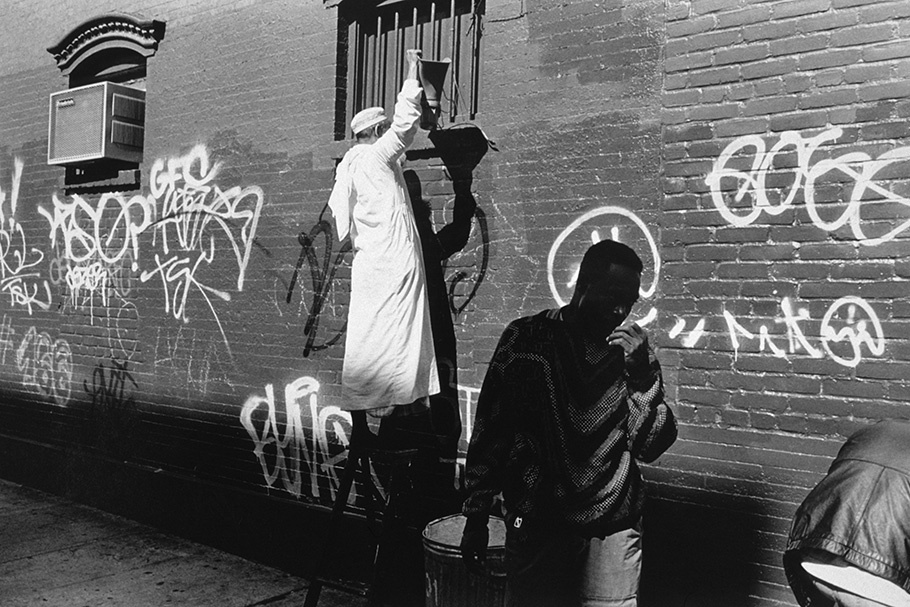
Medina Masjid, East 11th Street, Manhattan, 1993.
20020409-grazda-mw06-collection-010

Gam Siah Jame Masjid, Astoria, Queens, 1996.
Born in Flushing, Queens, Edward Grazda studied photography at the Rhode Island School of Design. During the 1970’s he photographed in Latin America.
Since 1980 he has photographed Afghanistan and Pakistan. He is the author of Afghanistan Diary 1992–2000 (powerHouse Books, 2000) and Afghanistan 1980–1989 (DerAlltag, 1990). His work has appeared in The New Yorker, Vanity Fair, Double Take, and Granta, and is in the collections of the Metropolitan Museum of Art, the New York Public Library, the San Francisco Museum of Modern Art, and the Museum of Modern Art, among others. He has received grants from The New York Foundation For The Arts and the National Endowment for the Arts, and has been a MacDowell Colony Fellow four times. New York Masjid: The Mosques of New York, with text by Jerrilynn Dodds, will be published by powerHouse Books in May 2002. He continues to photograph in Afghanistan and the Afghan community in America.
Edward Grazda
With this project, New York Masjid: The Mosques of New York, my work has come full circle. I was born in Flushing, Queens, but as a photographer, Flushing has always been far from my viewfinder. I have been photographing in Pakistan and Afghanistan since 1980 and because of this long-term interest in these Muslim countries I was introduced to Jerrilynn Dodds, professor of architecture and theory at the School of Architecture of The City College of New York at CUNY. We decided to collaborate on this project.
On February 26, 1993, a New York City that could not predict the events of September 11, 2001 witnessed an unprecedented car bomb attack to the basement of the World Trade Center. Six people were killed, and more than 1,000 injured. In both print and televised media, photos of shredded concrete were straddled with the phrase “Muslim Terrorist,” as if the religion held the key to the unspeakable act.
Dodds and I began New York Masjid to bear witness to some of the dozens of communities of New Yorkers who practice Islam. Documenting mosques and analyzing their architectural forms, conducting interviews with community members, we hoped to bring light to an alternative image of American Islam. These people engaged in the creation of civic life offered a contrast to the destructive and exploitative image the World Trade Center bombing of 1993 had spawned.
There are now between 600,000 and 800,000 Muslims in New York City, of which perhaps 75% are part of the city’s immigrant population. There is a dynamic indigenous population as well, including converts, a long-standing African American community, and a growing Latino Muslim community. This strong, integral part of the city’s population is strengthening the city with a kind of quiet, unassuming energy. Today there are over 100 mosques in the five boroughs of New York City; these bear witness to the emergence both in our social and urban fabric of a positive transformation in American society, an identity that is both American and Muslim.
—Edward Grazda, April 2002